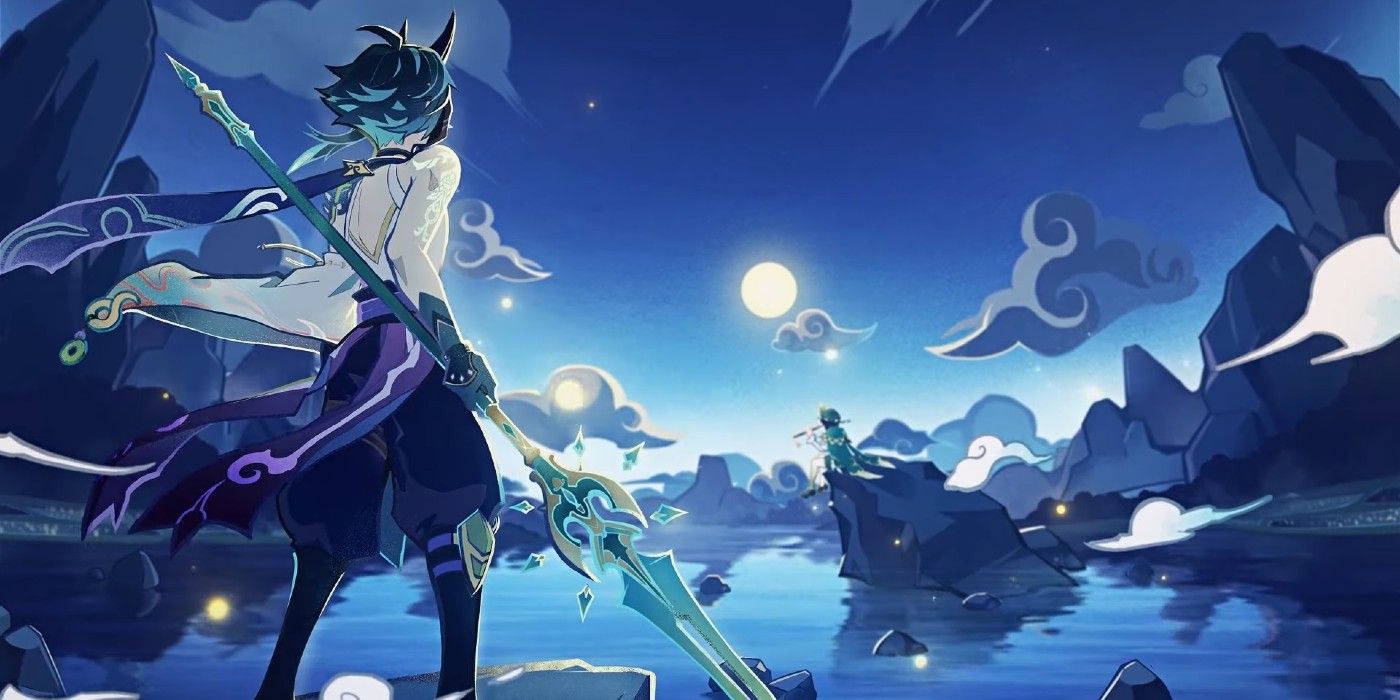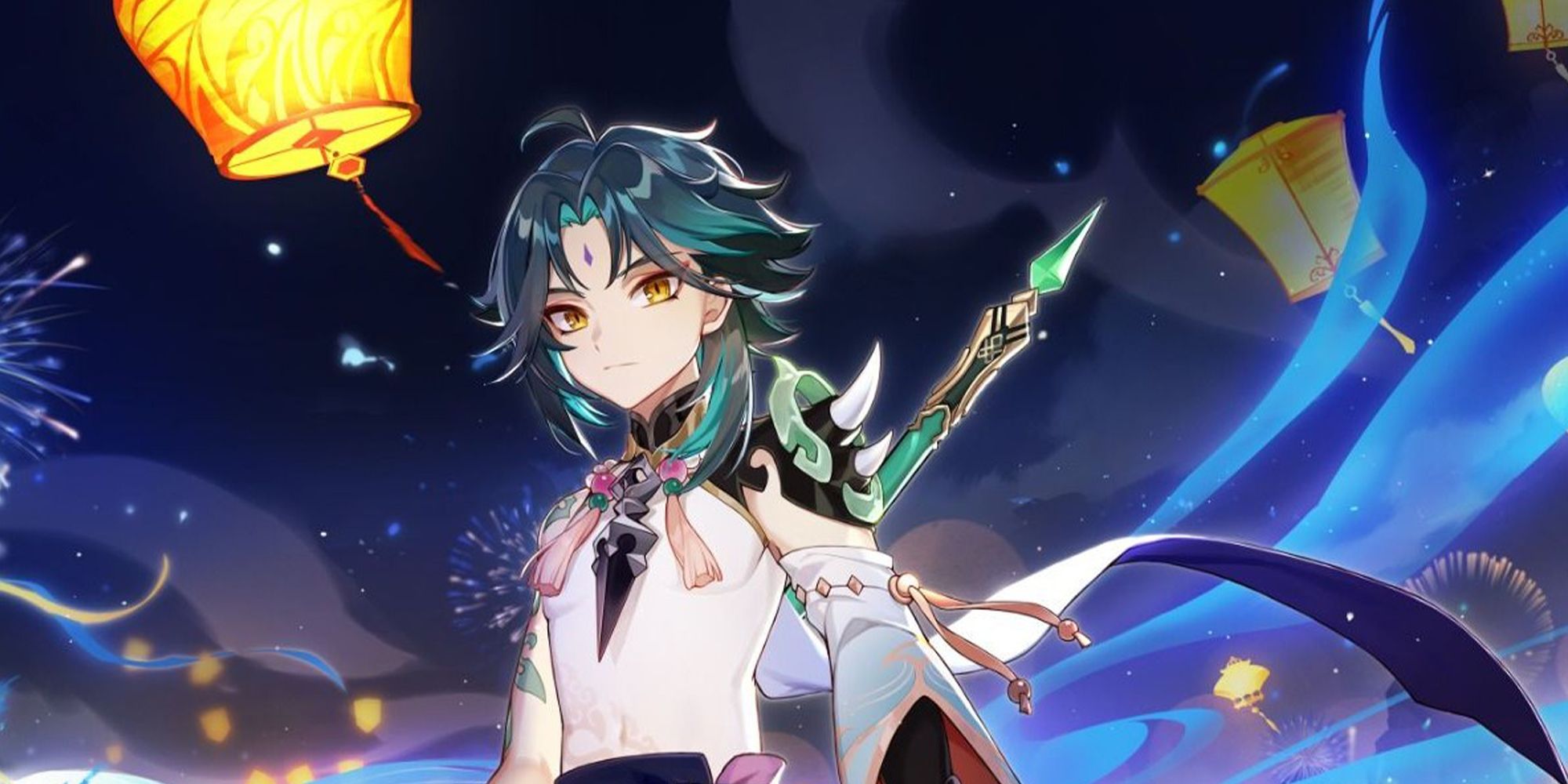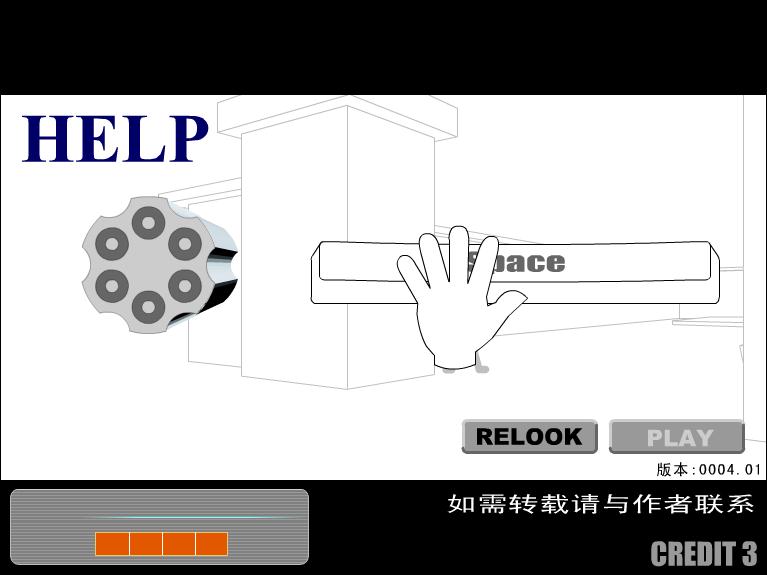



And so, when I clocked out of work at 5:30pm each day, the last thing I wanted to do was clobber a bunch of hilichurls with an impractically oversized claymore. I don’t necessarily like the idea of sticking to a single game for several months on end, tediously grinding for narrative crumbs, especially when playing a variety of different games is a necessary part of my job.Īlthough I played Genshin Impact throughout all of October, I went on to review Assassin’s Creed Valhalla, Hyrule Warriors: Age of Calamity, and Immortals Fenyx Rising in a marathonic sprint, before diving headfirst into the trenches for Cyberpunk 2077 coverage. That being said, live service titles rarely suit me. None of the individual episodes were particularly mindblowing, but they all felt fresh and fun in a way that most other flash series just plain didn’t a decade ago.I adored Genshin Impact at launch and I still have a lot of love for it now. They took the visual fluidity of the games and combined them with the bare minimum interactivity in order to make the player feel like they were taking part in a true Xiao Xiao animation. In a world where wifi and cable modems were not quite as ubiquitous as they are now, the games’ small file sizes lended themselves to short load times. No, the real fun of the Xiao Xiao games came from their pacing, and the creator’s knowledge of his audience. Part four’s mechanics didn’t extend beyond “shoot stuff and occasionally hit the reload” button, and that was one of the deeper games. You never really knew what was coming next: would we get another awesomely choreographed fight scene, or an even cooler game of some sort? If the latter, what sort of game would it be? The series was united by the one thing a teenage boy would never get tired of (consequenceless violence), but the ever-varying forms it took kept it fresh and interesting for its relatively large fanbase.Īctual Xiao Xiao gameplay was, generally, not that interesting. It was, if nothing else, a pretty exhilirating series to follow. The third was another straight animation, the fourth was an arcade-style shooter, part five was noninteractive, part six wasn’t, seven and eight focused more on gunplay than kung fu, and the ninth (and final) was a Final Fight-esque beatemup. The second Xiao Xiao movie was not a movie at all, but rather a series of timing-based minigames that rewarded the player with neato fight scenes. The very first Xiao flick was a hand-drawn AVI video converted into Flash, which increased its popularity tenfold. Xiao Xiao has sort of an interesting history.


 0 kommentar(er)
0 kommentar(er)
